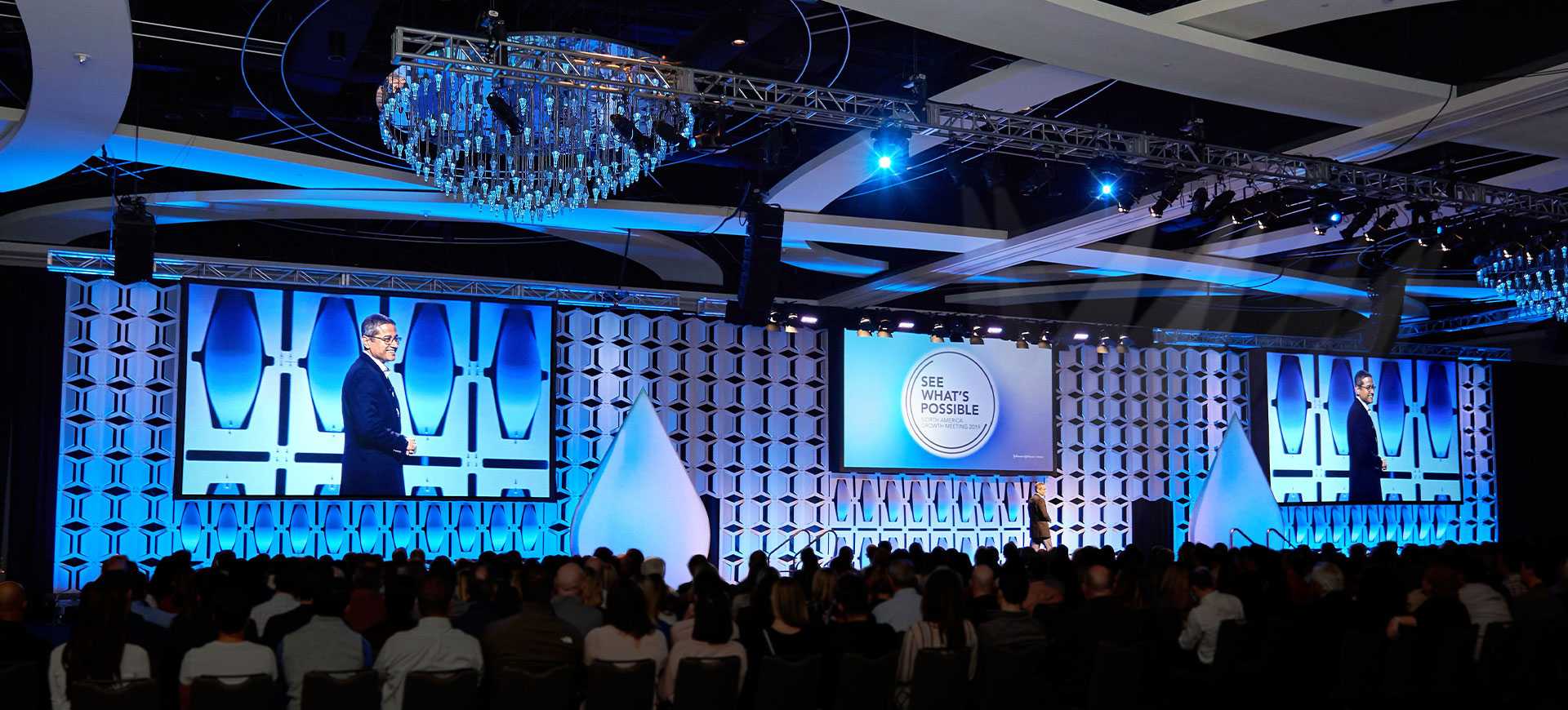The initial phase in video mapping on rounded surfaces is to understand the shape of the area. Curved surfaces can be intricate, with different degrees of bend. To achieve a smooth projection, it is important to create a 3D representation of the area. This model helps in visualizing how the video will look when cast. Applications tools are available that allow users to create these representations and mimic the display. By accurately mapping the dimensions and contours of the area, designers can ensure that the video aligns perfectly without distortion.
Once the 3D model is ready, the next step is to edit the footage material. This involves editing the video to suit the particular form and dimensions of the curved surface. It is crucial to consider the perspectives and sightlines from which the audience will view the projection. The material should be crafted to improve the visual experience, making it captivating and relevant to the theme of the event or setup. Using premium visuals and animations can significantly enhance the total impact of the projection.
After preparing the material, the real projection process starts. This includes placing up the projectors at the correct positions and spaces to ensure that the video matches with the 3D representation. Calibration is a key part of this procedure. It may necessitate modifying the brightness, contrast, and sharpness of the devices to achieve the best outcomes. Additionally, using several projectors may be necessary to encompass larger or more complex truss system maintenance surfaces. This technique, known as seamless projection, helps form a seamless image across the whole surface.

Ultimately, trialing the projection is essential before the conclusive show. This allows designers to make any required adjustments to the video and device settings. It is also an opportunity to see how the viewers will experience the display from various viewpoints. By confirming that the footage mapping is perfect, creators can deliver a remarkable visual experience that creates a lasting impact. Perfecting video mapping on rounded surfaces not only improves creative expression but also creates new opportunities for storytelling and viewer interaction in various environments.